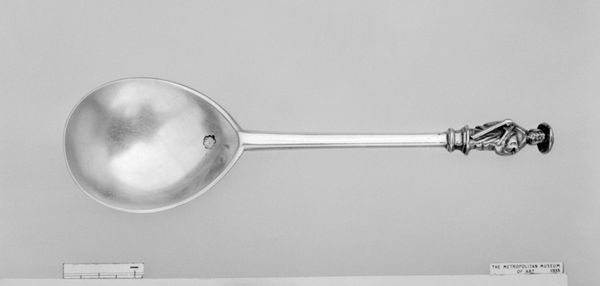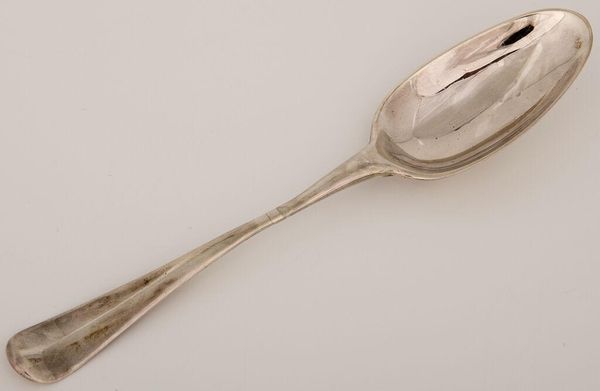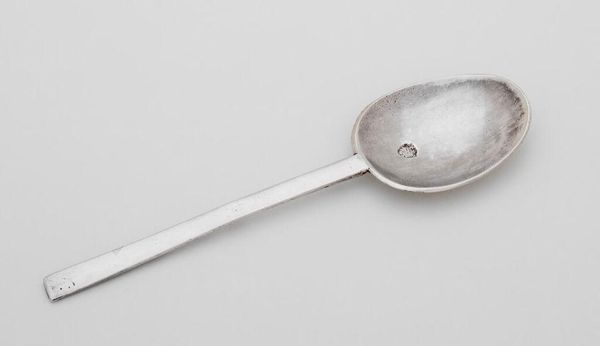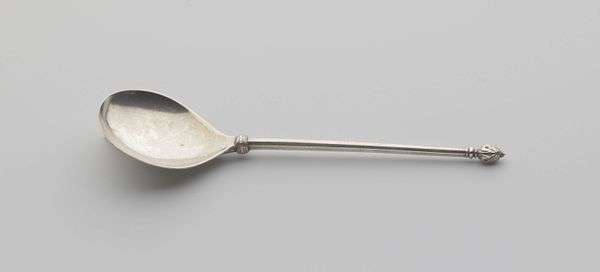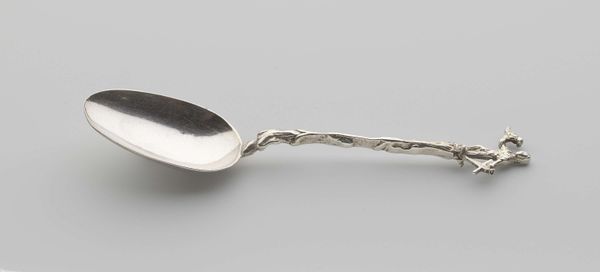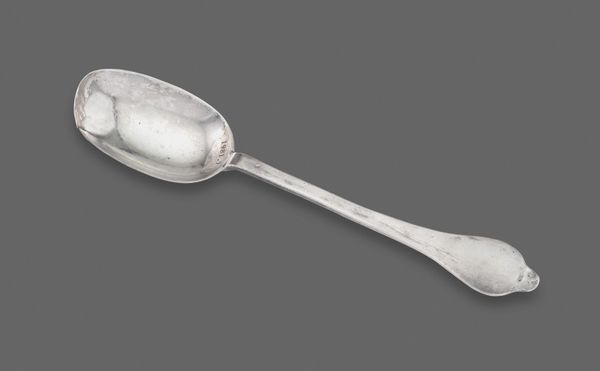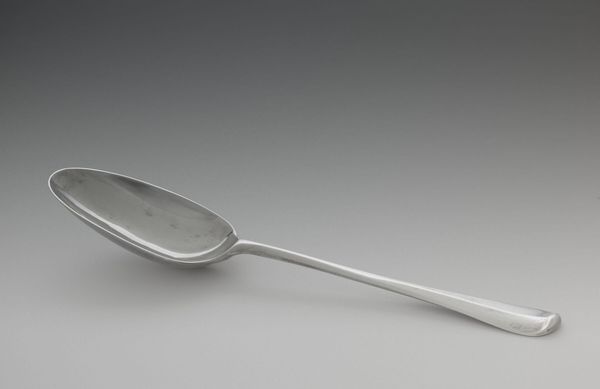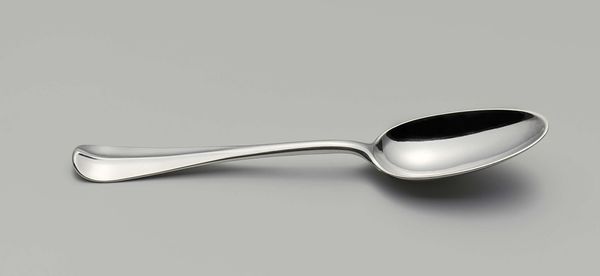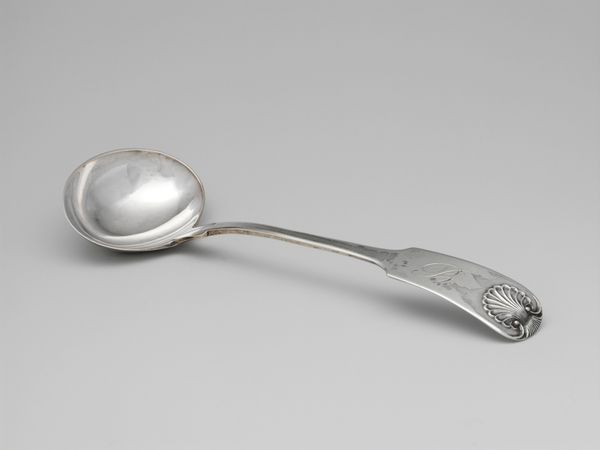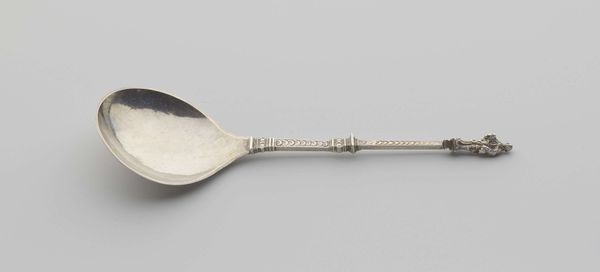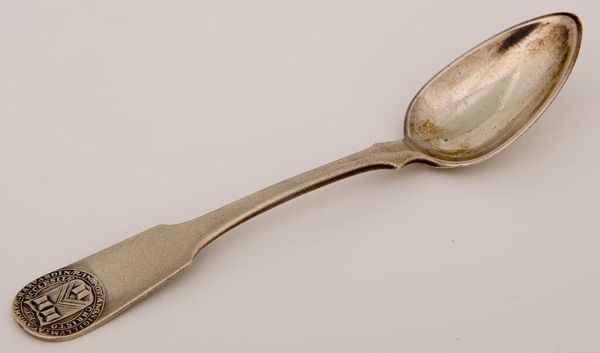
metal, photography
#
metal
#
form
#
photography
#
product photography
#
decorative-art
#
realism
Dimensions: 7 1/8 x 2 x 1 in. (18.1 x 5.08 x 2.54 cm)
Copyright: Public Domain
Editor: This is a 17th-century metal spoon, part of the collection here at the Minneapolis Institute of Art. It's quite simple, almost austere in its design. What stories might it hold? How should we interpret this everyday object as art? Curator: Well, even a seemingly mundane object like a spoon carries significant weight when we consider its place within cultural memory. A spoon, first and foremost, represents sustenance, nourishment, and by extension, survival. In the 17th century, such a utilitarian object speaks volumes about daily life and perhaps even social status. Consider its material – is it pewter, silver, or something else? That would inform our understanding of who might have used it. Editor: That's a great point. It makes me think about how we interact with objects every day and rarely consider their symbolic significance. This particular spoon almost feels...stripped down. Curator: Precisely. The simplicity might reflect a particular religious sensibility, perhaps Puritan austerity, where even the objects of daily life were meant to reflect humility and practicality. Do you see any maker's marks, or subtle embellishments? Even in their absence, they speak volumes about conscious choices and values. What emotional resonance does this object trigger for you? Editor: It’s interesting that something so basic can evoke so much reflection. I didn’t expect a spoon to make me think about cultural values and historical context so deeply. Curator: That’s the power of objects. They are silent witnesses, laden with the meanings we invest in them and reveal patterns of life we still partake in. Considering its journey through time allows it to resonate in new ways today. Editor: I see that now. Thank you for helping me think beyond its basic function. Curator: My pleasure. Every object has a story to tell. We simply have to listen closely and recognize the silent narratives embedded in our world.
Comments
No comments
Be the first to comment and join the conversation on the ultimate creative platform.

